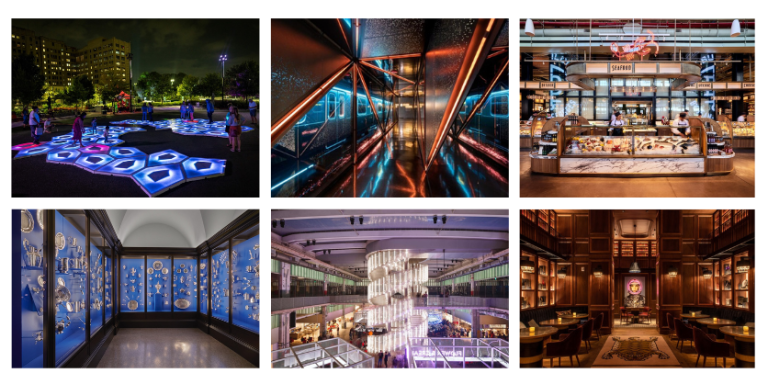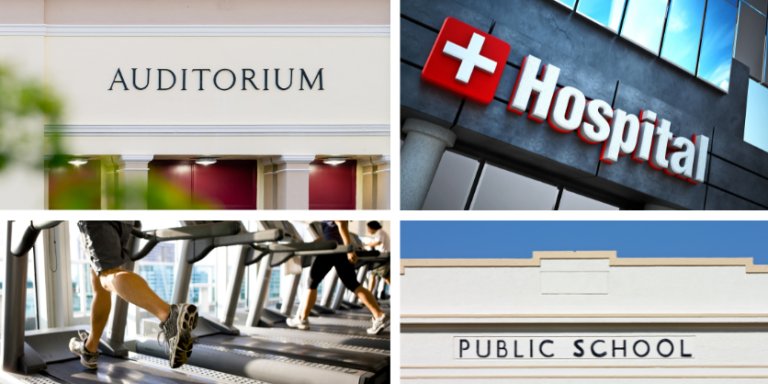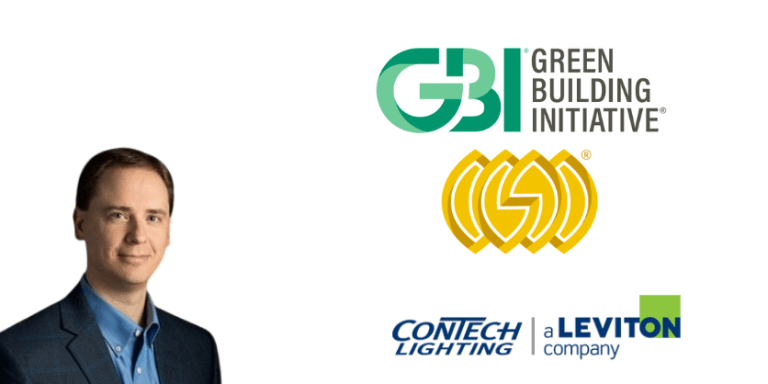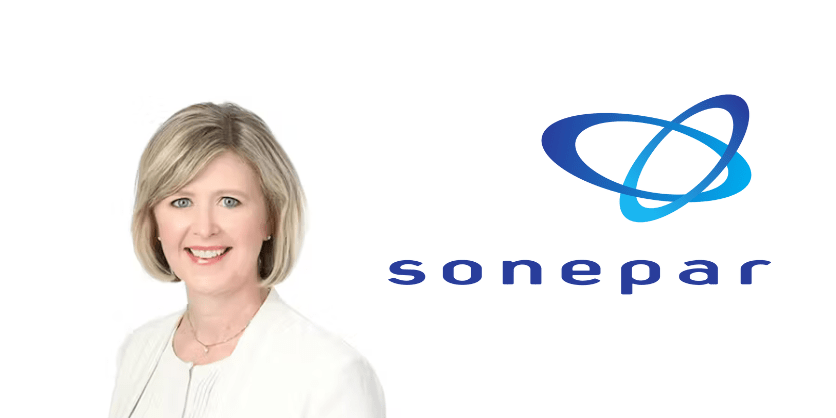Understanding the Bespoke Design Process: An Interview With DesignPlusLight founder Sanjit Bahra
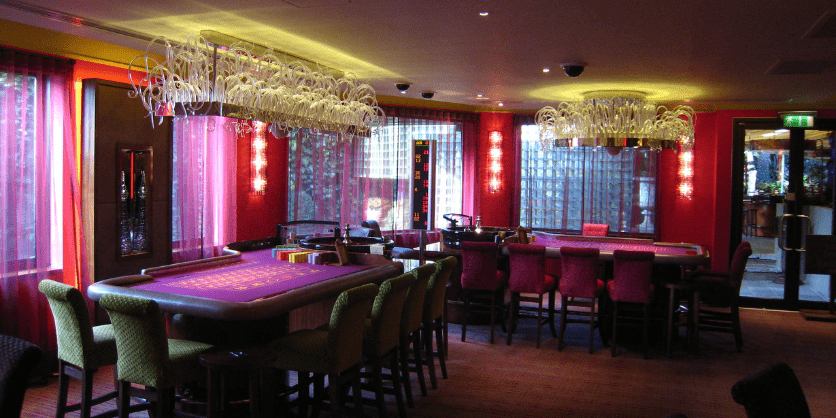
In this Q&A interview, DesignPlusLight founder and principal designer Sanjit Bahra explains the benefits of offering bespoke product design and what support this gives to lighting manufacturers.
Q. What is your inspiration behind product design?
A: Product design is very much about fulfilling a need. I have built on the skills and experiences gained throughout my career at DesignPlusLight of adapting, tweaking, and adjusting lighting solutions because a standard product doesn’t always suit exactly what is required for a project.
Thinking back to the first commission I had as an independent lighting designer, I worked with the interior designer on a project for the Les Ambassadeurs Casino. The designer wanted to use Murano glass pendants over the gaming tables — which were beautiful. However, we needed to fit quite a lot of technical kit (Cameras and downward lighting onto the tables) into these decorative pieces. The team at DesignPlusLight worked with the Murano specialist to customize the lights so they met all of the technical requirements as well as looking beautiful in the space. And it wasn’t just the decorative lighting — we adapted everything from the ceiling profiles, bar lighting, restaurant emergency lighting. It is about making things work as well as looking effortless.

The wonderful thing about being a bespoke lighting design consultancy is that you are able to respond to all aspects of the design and project. In order to produce a truly beautiful and elegantly lit interior, you have to understand texture, material, and how the space works both aesthetically and technically. Over the years my inspiration has continually come back to the principle that if a standard product does not fulfill the needs of the space, then adapt it so that it does.
This was brilliantly evidenced through the steplight we designed with LightGraphix. There were a few really low-wattage and low-glare products on the market, but none of them really did what we wanted. So, we adapted and customized the fitting to suit our needs — and now it’s a standard product in their range. This comes back to my first sentiment: ensure you meet the needs of the space and design vision.
Q. What is your creative process?
A. For product design, I think it is a two-part process. We ask ourselves two separate questions and then see how the answers can meet in the middle. The first element is asking, “What does the product need to do and what role does it need to fulfill?” — in essence, the functional requirements.
The second part is considering the aesthetics. How something looks, feels, and how much it stands out or blends in. The materiality, the finish and detailing — the impression the fitting makes in its application.
We then see how both criteria meet in the middle to create something that not only performs fantastically, but also looks elegant. Ultimately, it is seeing how the technical brain and creative brain can work in harmony to create something quite unique.
It’s really important to draw together these two perspectives. Products need to be designed (or at least have input) by the people who specify, install, and commission them in real life situations. Otherwise, one runs the risk of spending time and money producing a light that may not hit the mark with all the requirements, at least for the type of clients and brands we work with. And in a competitive industry that can be a very costly mistake to make.
Great lighting design can only come out of a deep appreciation and understanding of all the elements of the built environment. From the technical and practical issues to do with electricity and construction to the refined aesthetics required in selecting a particular bronze patina or detailing a light into bespoke joinery. And, by continually being immersed in all of these disciplines, experienced lighting designers become a hybrid of so many skills – it’s almost alchemic.
Q. Tell us about a project that stays in your mind?
A. We recently completed an award-winning commercial project where we had to design a bespoke chandelier in the top floor of Renzo Piano’s 1 Paddington Square building. The interior designers had an idea of a bespoke fitting that traversed the hospitality floor.
We looked at the physical requirements of the space – it was very lateral – and they didn’t want to limit views across the panoramic view across London, so the fitting couldn’t drop too low. It also needed to connect different areas of the space, feel delicate but also have a sense of presence amongst minimal construction and 360- degree glass frontage.
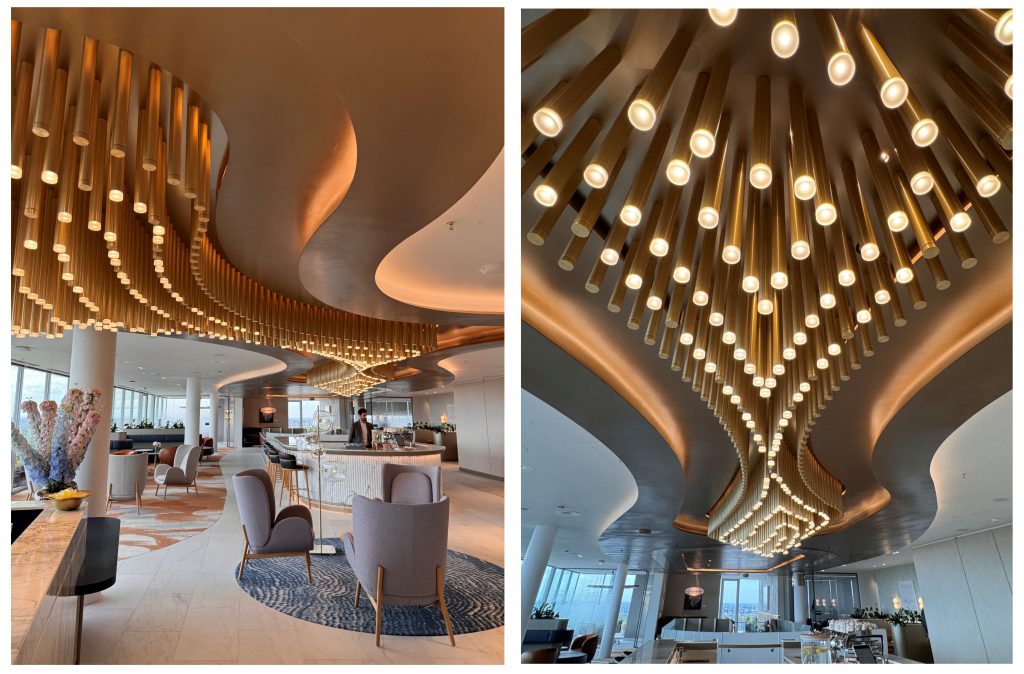
We went through the iterative design process of questioning: What function(s) does chandelier need to perform? What are the materials and the aesthetics? How should it feel and relate to the space? The client did not want the fitting to look too “decorative” – it needed to feel robust and solid, but also not overwhelm the space.
The client’s requirements and style influenced the brief, alongside the interior design, the overall pallet, the physical restrictions of the space and the working requirements. We used all of this information to fine-tune the design and bring together the look of the chandelier.
The chandelier was comprised of various metallic rods to create an undulating mass that was intended to evoke the impression of floating clouds or a murmuration. Some rods had lit end points that were programmed to create a collective movement and enhance the undulations. The feature was further modeled with lights positioned internally to express the finish of the rods and provide dappled lighting down below.
DesignPlusLight was tasked with bringing harmony to the aesthetics and the performance of the chandelier together. If the client had gone directly to a manufacturer, I don’t believe they would have benefited from the refinement that we were able to provide.
Q. What is your favorite part of the design journey, and why?
A. Collaborating and playing a key role in a team. When we are employed as architectural lighting designers, we have to fit comfortably in – and become an integral part of – the whole process of design and construction. It’s finding that balance between working together and ensuring our corner of the process is realized from inception through to completion.
There’s a lot of work in this, and I love it. It’s not about designing a product for the sake of it, it’s about finding a solution to a challenge. That’s when it becomes an incredibly rewarding and useful process to be a part of — to be useful.
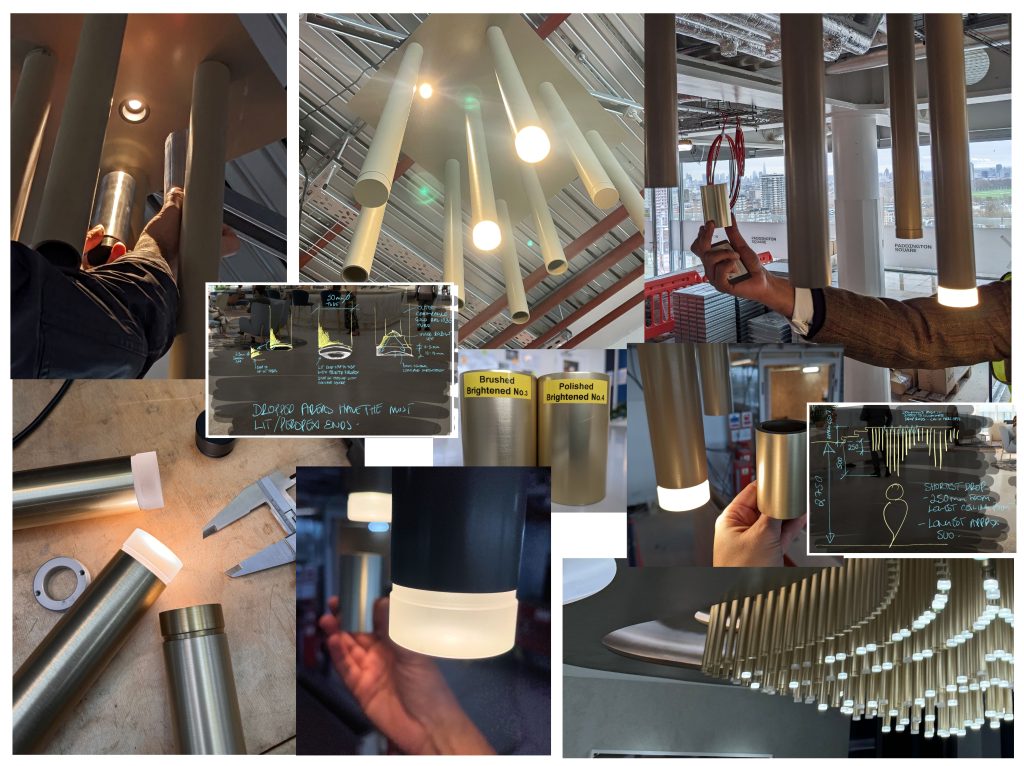
Q. What is the biggest challenge you have faced when designing products?
A. It can sometimes be a challenge to get manufacturers and suppliers to understand that we are both designer and client. This actually makes me, and my team, ideally placed to offer support. For example, if a large manufacturer has an R&D department, they will design a new product in-house. This may be based on market research, but often it’s based on what they “think” the market needs. And only once it is released does the feedback come in on what could be improved or what is required. By now it’s likely in production and the commitment has been made.
At DesignPlusLight, we are lighting designers who are also the “client” for the lighting industry. If I need a product, I will design it and then go to the manufacturer to collaborate and ultimately build a viable product. It’s pretty much handing insider knowledge to businesses on a plate. Not everyone can appreciate that, and sometimes the years of experience they are gaining access to can be overlooked.
Q. How does your expert knowledge and experience in lighting design influence product design?
A. I have seen the evolution of style and design over the extent of my career. It’s very much like the fashion industry, where cyclical trends are reimagined with today’s materials — an expression of a moment. Colors, textures, and styles are rehashed and reimagined – brass globe fittings and light wood was reimagined with dusky pinks and teals just a year or so ago – and now the pendulum will swing to darker finishes, such as bronzes, deep browns, and earth tones.
I’ve also experienced – and been part of – the design process with hundreds of talented interior designers and architects. Just being in that space and responding to them in lighting terms means you absorb so much. Over the years you get to see how products have evolved and refined as the lighting industry has moved into the realm of technology with new ways of production.
I have over 28 years of immersive experience in the built environment. I believe there comes a point where you have experienced enough to know where there’s a shorthand. I’m incredibly curious and geeky about the profession. I have a thirst for finding out more, and the luxury of working in a fast-paced industry. I’m always learning how to work with new lighting solutions, how to reimagine things, how to refine and respond to an ever-changing market.
Q. Does creating lighting designs allow you to discover gaps in the market where new products are needed?
A. There are only a certain number of tools – or lighting tricks – in the toolbox. For example, you have a downlight, a washer, and an uplight. While LED technology brought linear lines of light and back-lit panels, there is only so much “new stuff” that can come out. Instead of worrying about a unique product, concentrate on understanding what you offer and then hone that to its very best.
I’m not personally interested in trends, I’m more focused on solutions that stand the test of time — timeless elegance. I have 28 years of experience working with phenomenal designers and architects and have gained the benefit of their creative experience and knowledge. I’m so fortunate that I can bring that to my work. There are so many hats that a lighting designer wears and that just make us well-rounded and interesting people to work with.
Q. What is the aim/effect when designing a decorative or an architectural product?
A. I believe it’s about creating a product that looks great while fulfilling a purpose. There is enough noise in the world that comes from the constant churn of new technologies.
It’s a shame when the industry takes this approach, as an amazing wall light could be designed that is specified in countless settings. But then people tire of it and grow bored so something new has to be designed. There is pressure for manufacturers to constantly launch new products, stay current, and be on trend. I don’t have to do this; I could design two wall lights and stay current. This is a real driver for me. Without having to sustain a big manufacturing company, I have the freedom to collaborate with different people and think about how to make a product that is truly different to anything already available. This is a real luxury.
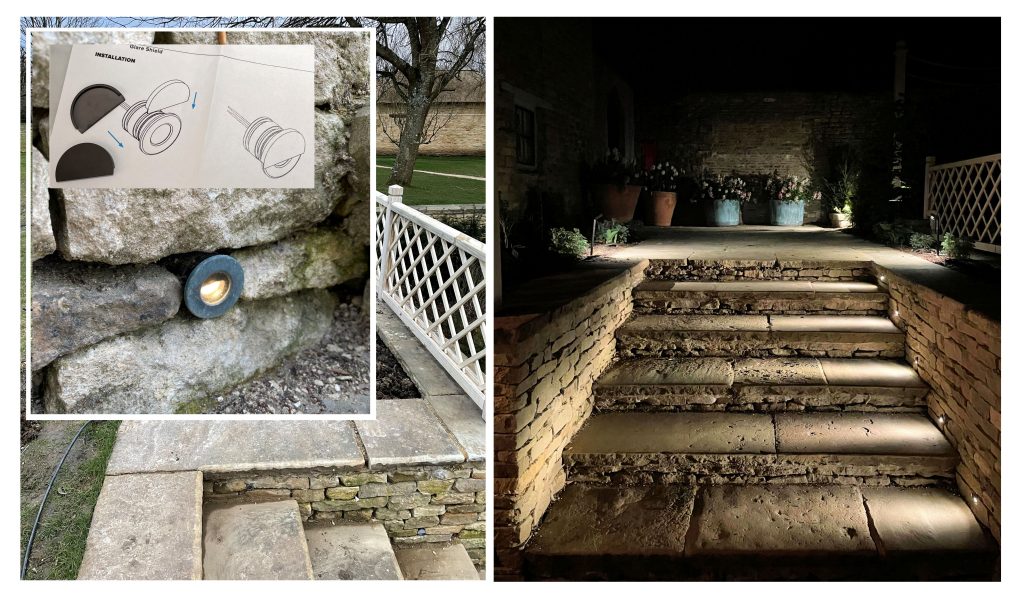
Q. Do you have a favorite product you have designed?
A. I think the chandelier in Paddington was one of my favorites, as it was about creating something robust.
The client didn’t want something that was delicate and would look at home in a hospitality environment. It’s a glass and steel structure; suiting their image as a financial institution — serious people wanting serious things. We designed this undulating pendant, and it was serious, yet it was also beautiful. It has a delicate appeal to it while blending the solidity of one piece of metal that was very golden and had a light in it, but the arrangement of the piece softened it. You have a solid structure of steel being made to feel like a cloud. To me, I think that is so beautiful, envisioning the sky and birds moving.
The client was genuinely surprised it was so gorgeous. I was absolutely delighted as it took a long time to get right. We’re so proud because none of it was by accident. When you go through that process and you do mock-ups and models and you constantly have the interior designer saying one thing, the client says something else, and then you stick to your guns and produce this beautiful product. We were completely overjoyed.
Q. What does the future of product design look like?
A. I really like writer Alice Walker’s quote from The Color Purple: “The more things change, the more they stay the same.” This resonates with me because when you keep looking forward, sometimes you also have to look back because I think honest materials, honest products – ones that fill a purpose – will stand the test of time. This is what I’m interested in.
I always want something to have meaning. There’s a lot of noise in the world, and lots of “stuff” that has become the norm. But for me, beauty is in robustness and solid design; that’s what people will remember, and that is how something achieves that coveted timeless status.
Related articles
The Challenge of Lighting a Glass Cube Building at Paddington Square


